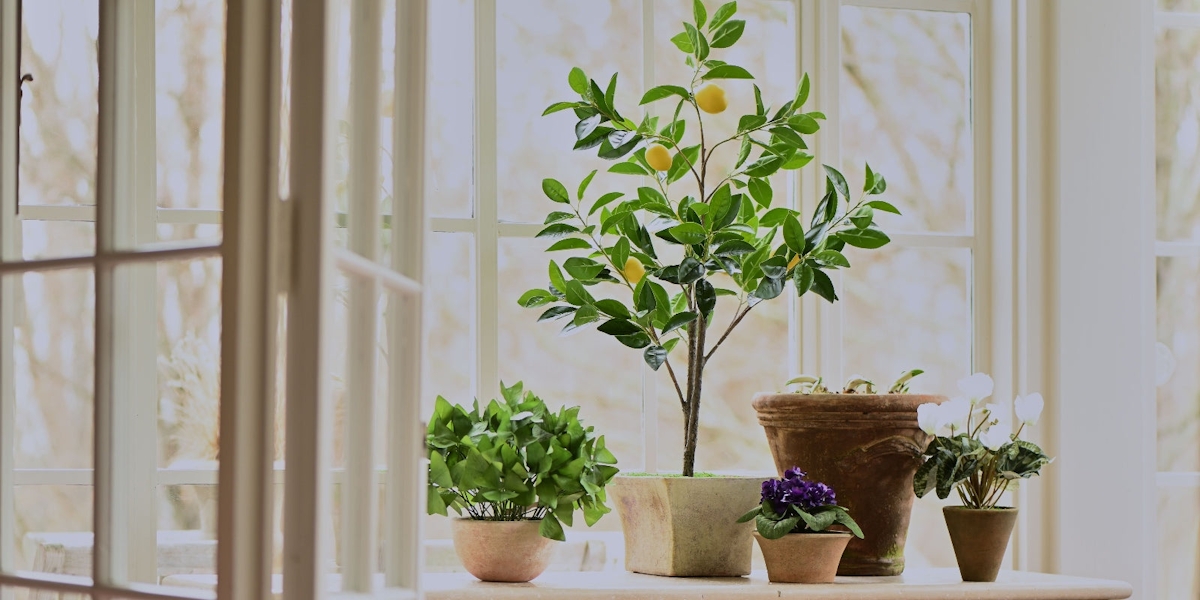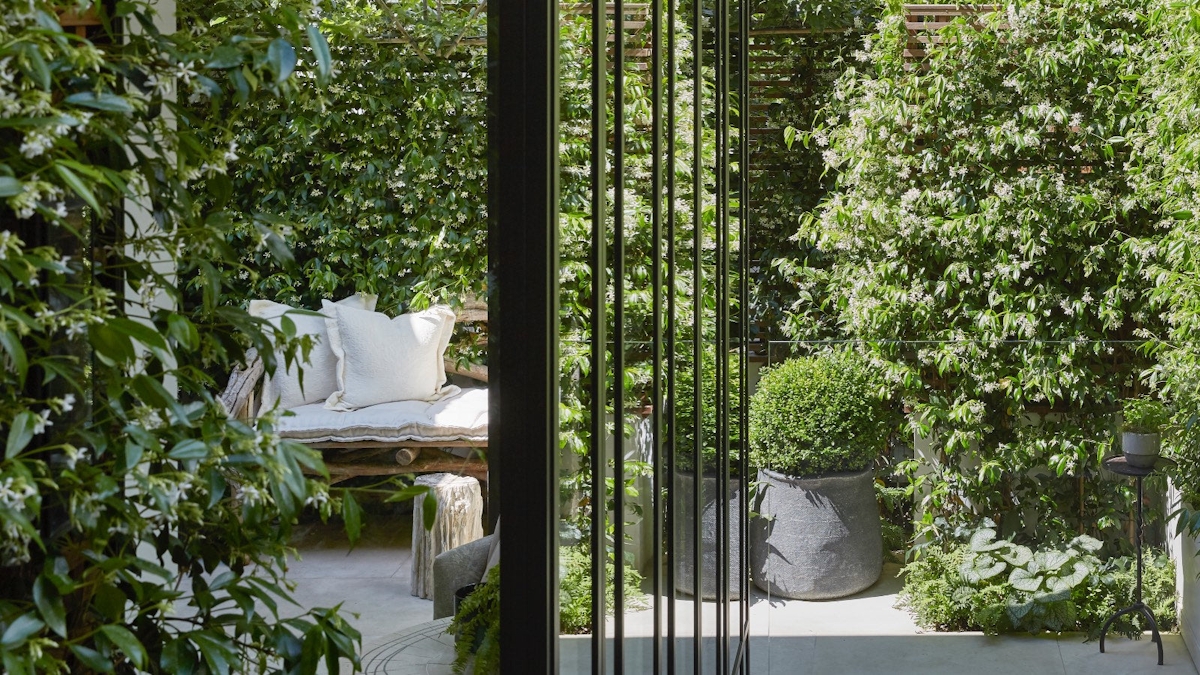“It is becoming increasingly clear that biophilic elements have real, measurable benefits," explains Stephen R. Kellert of Yale University, like "productivity, emotional well-being, stress reduction, learning and healing."
For scientists and the green-fingered among us, vegetation has long been associated with a general improvement in health, especially air purifying plants that are commonly understood to be the best plants for indoors. And whilst COVID might have increased the average indoor plant count to little short of a commercial nursery, there are so many other tree-lined, sun-dappled avenues to explore.
For more inspiration
Best Artificial Plants and Flowers for Your Living Room
10 Types of Winter Flowers and Plants for Your Home
Biophilic interior design will reignite our connection with the natural world from the comfort of our own homes. Here, the experts reveal more about the rising trend, explaining that biophilic materials are, how to create a biophilic space and why we all need a little bit more green in our lives.






